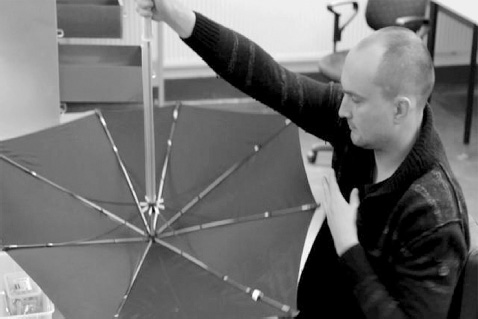David Dunne - Design Thinking at Work: How Innovative Organizations Are Embracing Design
Here you can read online David Dunne - Design Thinking at Work: How Innovative Organizations Are Embracing Design full text of the book (entire story) in english for free. Download pdf and epub, get meaning, cover and reviews about this ebook. year: 2018, publisher: Rotman-Utp Publishing, genre: Politics. Description of the work, (preface) as well as reviews are available. Best literature library LitArk.com created for fans of good reading and offers a wide selection of genres:
Romance novel
Science fiction
Adventure
Detective
Science
History
Home and family
Prose
Art
Politics
Computer
Non-fiction
Religion
Business
Children
Humor
Choose a favorite category and find really read worthwhile books. Enjoy immersion in the world of imagination, feel the emotions of the characters or learn something new for yourself, make an fascinating discovery.
- Book:Design Thinking at Work: How Innovative Organizations Are Embracing Design
- Author:
- Publisher:Rotman-Utp Publishing
- Genre:
- Year:2018
- Rating:5 / 5
- Favourites:Add to favourites
- Your mark:
Design Thinking at Work: How Innovative Organizations Are Embracing Design: summary, description and annotation
We offer to read an annotation, description, summary or preface (depends on what the author of the book "Design Thinking at Work: How Innovative Organizations Are Embracing Design" wrote himself). If you haven't found the necessary information about the book — write in the comments, we will try to find it.
Design thinkers constantly run headlong into challenges in bureaucratic and hostile cultures. Through compelling examples and stories from the field, Dunne explains the challenges they face, how the best organizations, including Procter & Gamble and the Australian Tax Office, are dealing with these challenges and what lessons can be distilled from their experiences. Essential reading for anyone interested in how design works in the real world,Design Thinking at Workchallenges many of the wild claims that have been made for design thinking, while offering a way forward.
David Dunne: author's other books
Who wrote Design Thinking at Work: How Innovative Organizations Are Embracing Design? Find out the surname, the name of the author of the book and a list of all author's works by series.

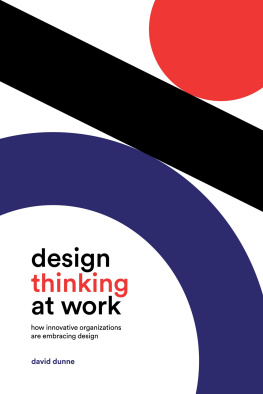
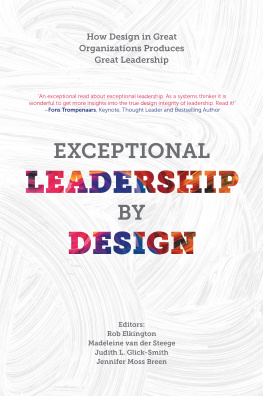

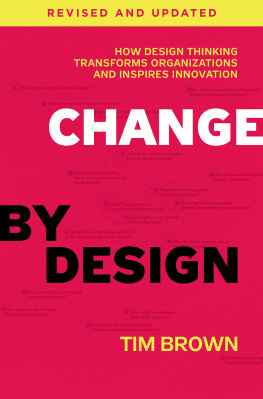

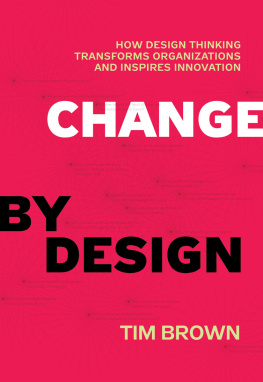
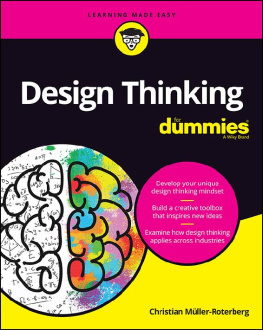
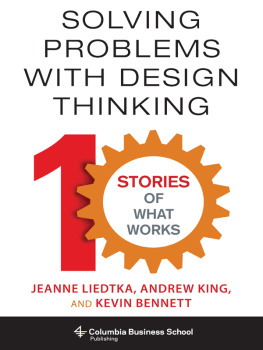
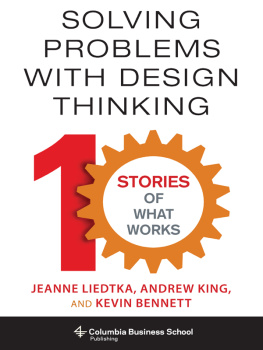
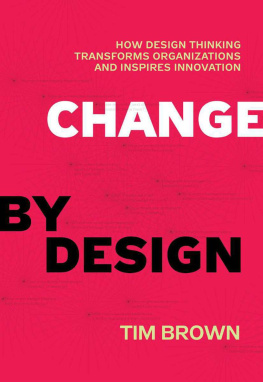

 Printed on acid-free, 100% post-consumer recycled paper with vegetable-based inks.
Printed on acid-free, 100% post-consumer recycled paper with vegetable-based inks.


